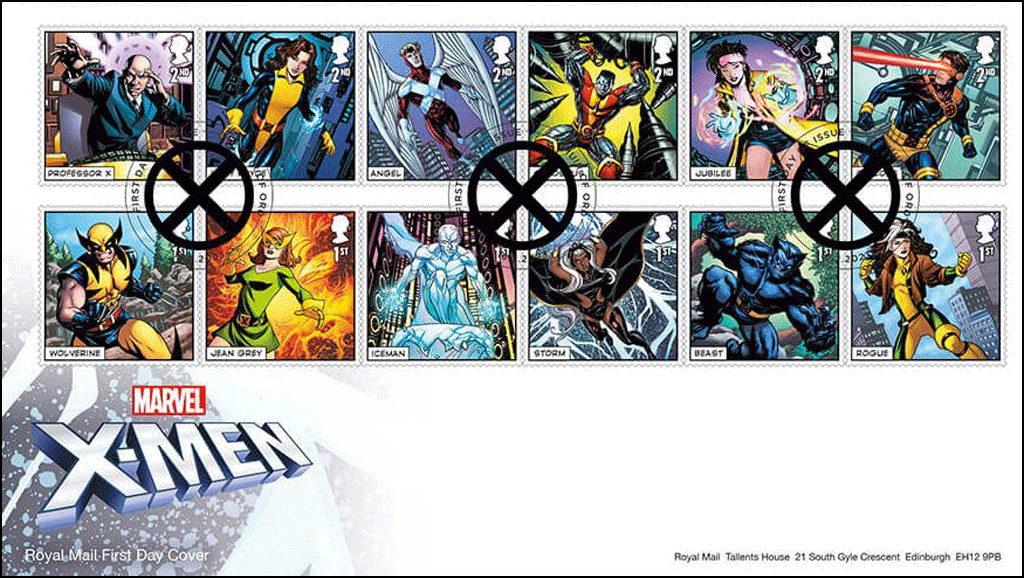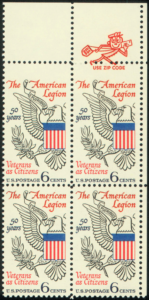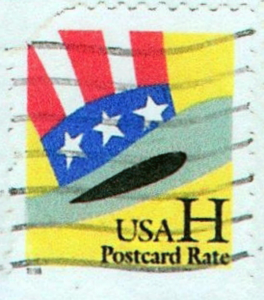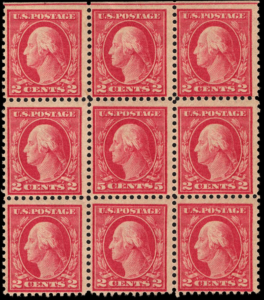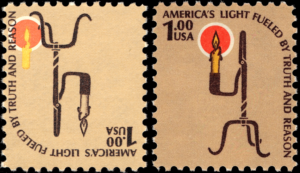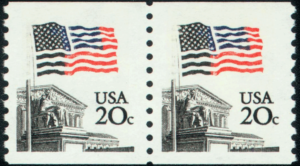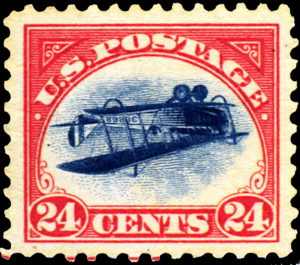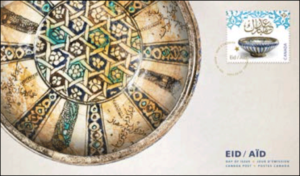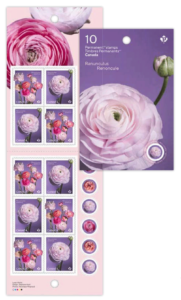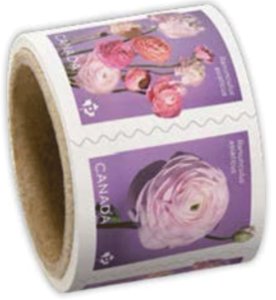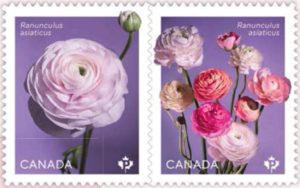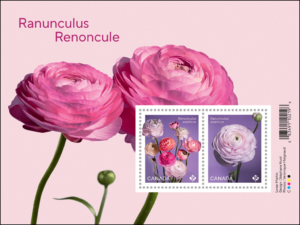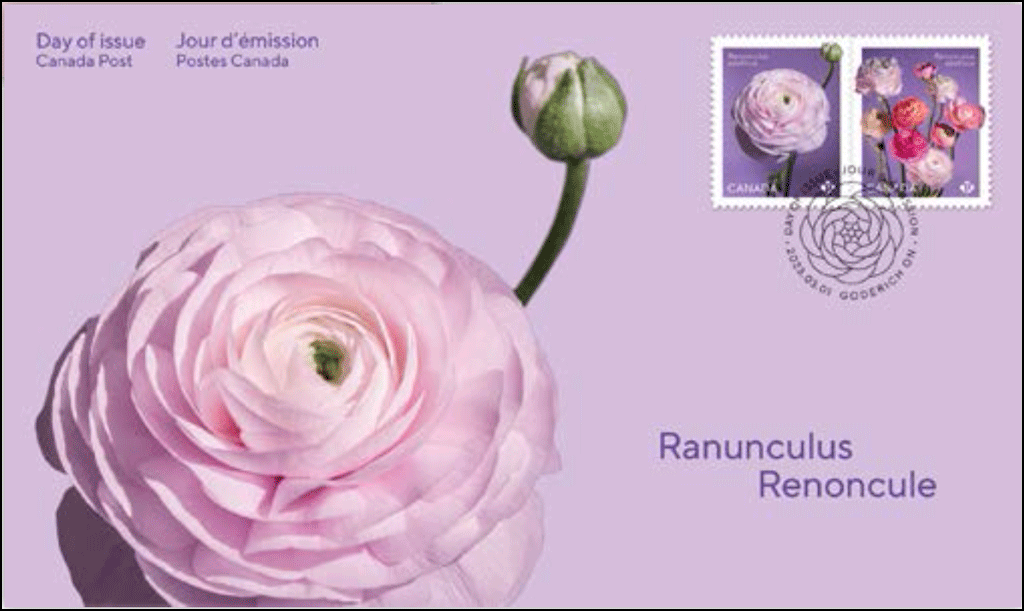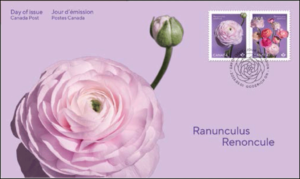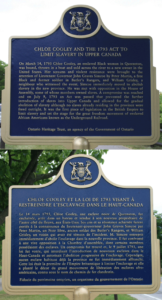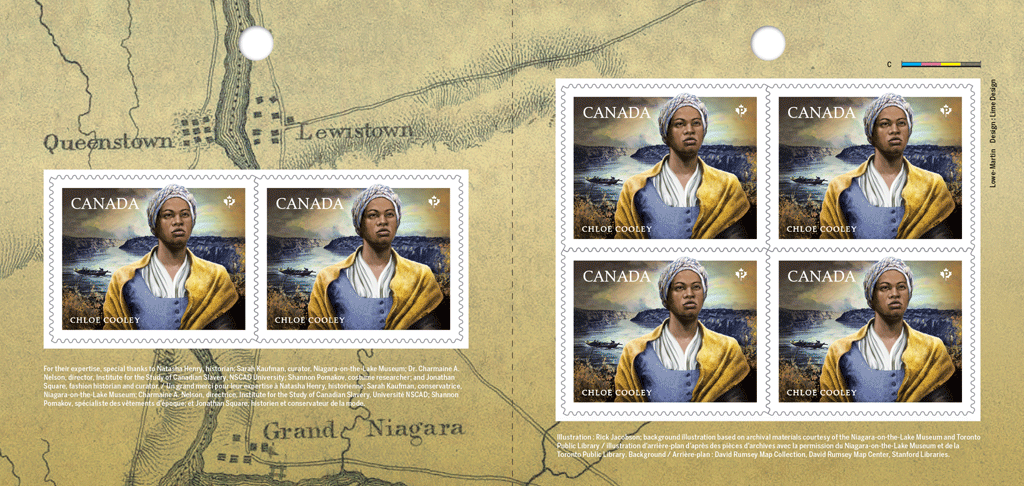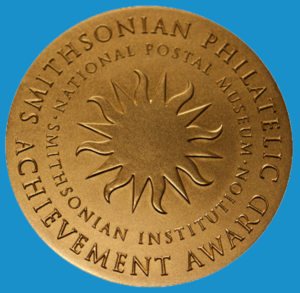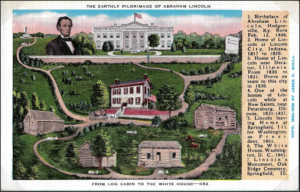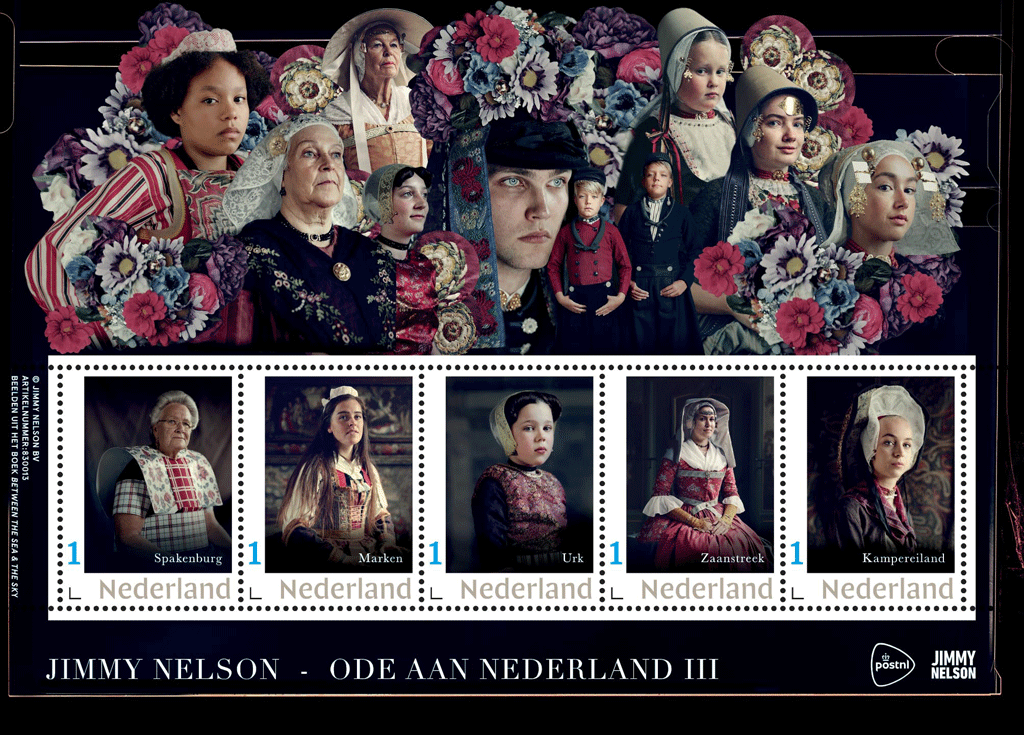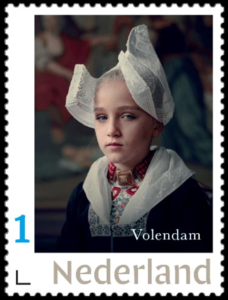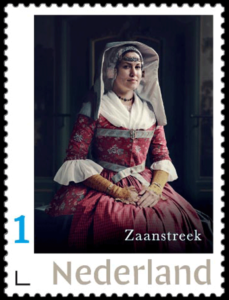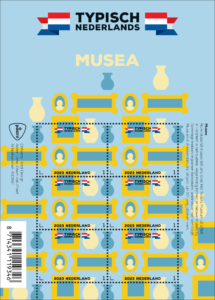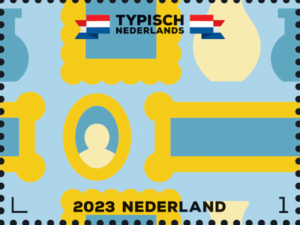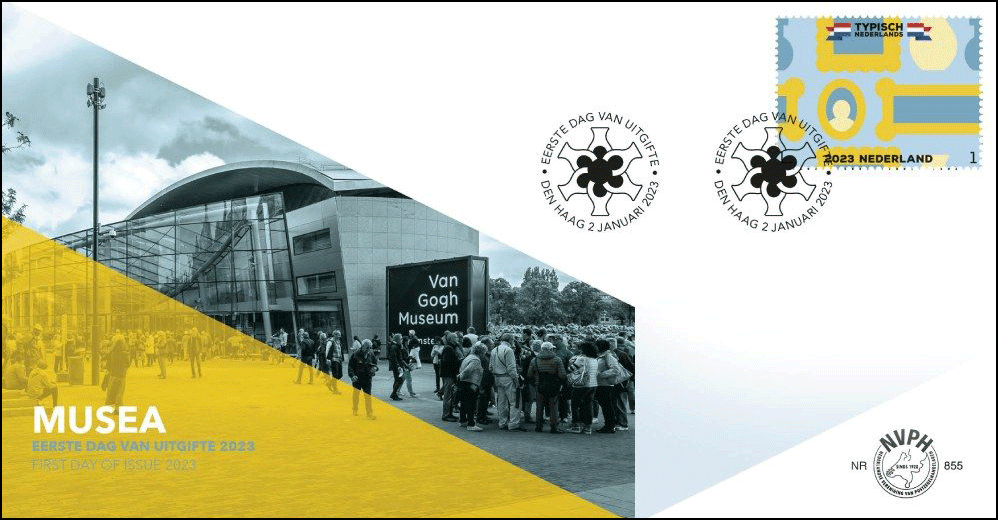[press release] [click on any of the pictures for larger versions]
Royal Mail Reveals Images of Marvel’s X-Men Special Stamps
Stamp designs are exclusively illustrated by renowned British comic book artists, Mike Mckone and Lee Garbett
- The X-Men franchise celebrates its 60th anniversary in 2023
- The 17-stamp set celebrates some of the most iconic characters to have featured in the comic book franchise since 1963
- MARVEL is one of the world’s most prominent character-based entertainment companies with a catalogue of iconic Super Hero characters
- The stamps are available to pre-order at www.royalmail.com/xmen and by phone on 03457 641 641
- All 17 stamps in a Presentation Pack go on general sale from 16 February and are priced at £16.35
Royal Mail is marking the 60th anniversary of X-Men, with a new set of 17 Special Stamps.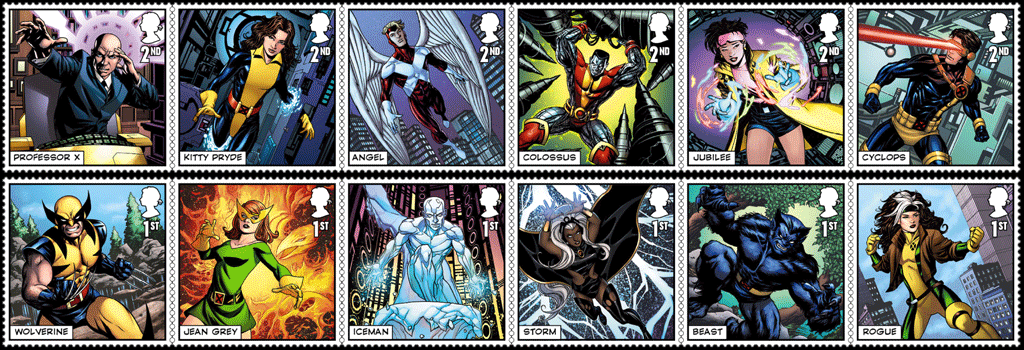 The stamps celebrate some of the most iconic characters to have featured in the comic book franchise since 1963.
The stamps celebrate some of the most iconic characters to have featured in the comic book franchise since 1963.
 The 12 stamps in the main set are original illustrations and were created exclusively for Royal Mail by renowned British comic book artist Mike McKone. They feature: Professor X; Kitty Pryde; Angel; Colossus; Jubilee; Cyclops; Wolverine; Jean Grey; Iceman, Storm; Beast; and Rogue.
The 12 stamps in the main set are original illustrations and were created exclusively for Royal Mail by renowned British comic book artist Mike McKone. They feature: Professor X; Kitty Pryde; Angel; Colossus; Jubilee; Cyclops; Wolverine; Jean Grey; Iceman, Storm; Beast; and Rogue.
An additional set of five stamps is included in a miniature sheet. These images were exclusively illustrated for Royal Mail by Eisner-Award-nominated artist, Lee Garbett. The miniature sheet stamps feature some of the mutant enemies faced by the X-Men: Juggernaut; Mystique; Magneto; Emma Frost; and Sabretooth.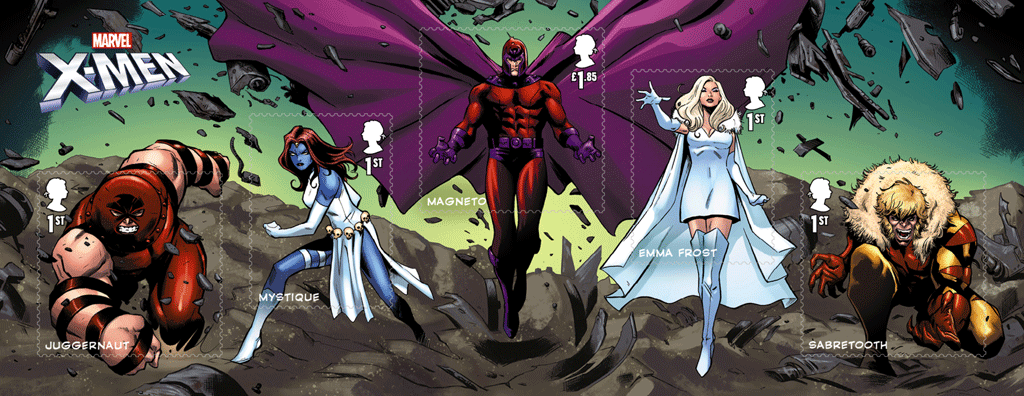 David Gold, Director of External Affairs & Policy, Royal Mail, said: “Generations have grown up, enamoured by the adventures and the personalities of the X-Men and their enemies. We celebrate the X-Men Universe with these stylish new stamps featuring some of its iconic characters.”
David Gold, Director of External Affairs & Policy, Royal Mail, said: “Generations have grown up, enamoured by the adventures and the personalities of the X-Men and their enemies. We celebrate the X-Men Universe with these stylish new stamps featuring some of its iconic characters.”
The stamps are available now at www.royalmail.com/xmen and by phone on 03457 641 641. A Presentation Pack including all 17 stamps in the set is available on general sale from 16 February and priced at £16.35.
Where it all began:
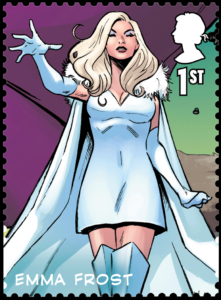 The X-Men were founded by mutant telepath Professor Charles Xavier. His first team consisted of Cyclops (Scott Summers), Marvel Girl (Jean Grey), Angel (Warren Worthington III), Beast (Hank McCoy) and Iceman (Bobby Drake) and was based in Xavier’s home, which was transformed into the School for Gifted Youngsters and dubbed the X-Mansion. After many of the original X-Men were captured by the mutant island of Krakoa, Professor X formed a new squad to rescue them, bringing heroes such as Wolverine and Storm into a new international team. Xavier’s school soon became a refuge for mutants from all over the world, forming and inspiring teams such as the New Mutants, Excalibur and Generation X. Now the X-Men live in a new home — a reborn Krakoa — that welcomes all mutants. Cyclops and his allies still fight the good fight as the world’s premier mutant heroes the X-Men, keeping Xavier’s dream alive.
The X-Men were founded by mutant telepath Professor Charles Xavier. His first team consisted of Cyclops (Scott Summers), Marvel Girl (Jean Grey), Angel (Warren Worthington III), Beast (Hank McCoy) and Iceman (Bobby Drake) and was based in Xavier’s home, which was transformed into the School for Gifted Youngsters and dubbed the X-Mansion. After many of the original X-Men were captured by the mutant island of Krakoa, Professor X formed a new squad to rescue them, bringing heroes such as Wolverine and Storm into a new international team. Xavier’s school soon became a refuge for mutants from all over the world, forming and inspiring teams such as the New Mutants, Excalibur and Generation X. Now the X-Men live in a new home — a reborn Krakoa — that welcomes all mutants. Cyclops and his allies still fight the good fight as the world’s premier mutant heroes the X-Men, keeping Xavier’s dream alive.
Stamp-by-stamp:
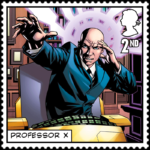 Professor X: One of the world’s most powerful telepaths, Charles Xavier lost the use of his legs while fighting a super villain named Lucifer. Charles, aka Professor X, formed the X-Men to train young mutants and show the world that they could also be heroes.
Professor X: One of the world’s most powerful telepaths, Charles Xavier lost the use of his legs while fighting a super villain named Lucifer. Charles, aka Professor X, formed the X-Men to train young mutants and show the world that they could also be heroes.
 Kitty Pryde: For many years, Kate ‘Kitty’ Pryde was the X-Men’s youngest member, joining when she was a teenager. Her mutant ability allows her to phase through objects. She was taught martial arts by Wolverine’s teacher Ogun and by Wolverine himself, and she adopted an alien dragon named Lockheed.
Kitty Pryde: For many years, Kate ‘Kitty’ Pryde was the X-Men’s youngest member, joining when she was a teenager. Her mutant ability allows her to phase through objects. She was taught martial arts by Wolverine’s teacher Ogun and by Wolverine himself, and she adopted an alien dragon named Lockheed.
 Angel: Sprouting wings while at college, Warren Worthington III fought crime as Avenging Angel before Professor X recruited him for the X-Men. He once lost his wings and was transformed by Apocalypse into a more fearsome entity but eventually regained his angelic appearance.
Angel: Sprouting wings while at college, Warren Worthington III fought crime as Avenging Angel before Professor X recruited him for the X-Men. He once lost his wings and was transformed by Apocalypse into a more fearsome entity but eventually regained his angelic appearance.
 Colossus: Hailing from Siberia, Piotr Rasputin has the mutant ability to transform his skin into an organic steel-like substance. His mutation also gives him exceptional strength and power. A gentle soul, Piotr has developed a close friendship with fellow mutant Nightcrawler.
Colossus: Hailing from Siberia, Piotr Rasputin has the mutant ability to transform his skin into an organic steel-like substance. His mutation also gives him exceptional strength and power. A gentle soul, Piotr has developed a close friendship with fellow mutant Nightcrawler.
 Jubilee: An expert gymnast, Jubilee was the daughter of Hong Kong immigrants to the USA and raised in Beverly Hills. She joined the X-Men shortly after her parents’ death, when her mutant ability to create explosive balls of light kicked in.
Jubilee: An expert gymnast, Jubilee was the daughter of Hong Kong immigrants to the USA and raised in Beverly Hills. She joined the X-Men shortly after her parents’ death, when her mutant ability to create explosive balls of light kicked in.
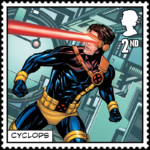 Cyclops: When he was a teenager, Scott Summers’s deadly optic-blasts threatened those around him. Once Professor X invited him to join the X-Men, he learned to control his powers with the use of a ruby quartz visor. Codenamed Cyclops, he was the X-Men’s first team leader.
Cyclops: When he was a teenager, Scott Summers’s deadly optic-blasts threatened those around him. Once Professor X invited him to join the X-Men, he learned to control his powers with the use of a ruby quartz visor. Codenamed Cyclops, he was the X-Men’s first team leader.
 Wolverine: Wolverine’s mutation gives him an amazingly quick healing ability and wild, feral traits. Born James Howlett, he later took the name Logan. His virtually indestructible adamantium metal skeleton and claws — coupled with a warrior-like fury and exceptional martial arts skills — make him one of the world’s deadliest mutant heroes.
Wolverine: Wolverine’s mutation gives him an amazingly quick healing ability and wild, feral traits. Born James Howlett, he later took the name Logan. His virtually indestructible adamantium metal skeleton and claws — coupled with a warrior-like fury and exceptional martial arts skills — make him one of the world’s deadliest mutant heroes.
 Jean Grey: Jean Grey was one of Professor Xavier’s first students, and she learned to control her exceptional telepathic and telekinetic powers under his guidance. She was once also Phoenix, a powerful and fearful cosmic entity. She now leads a team of X-Men with Cyclops.
Jean Grey: Jean Grey was one of Professor Xavier’s first students, and she learned to control her exceptional telepathic and telekinetic powers under his guidance. She was once also Phoenix, a powerful and fearful cosmic entity. She now leads a team of X-Men with Cyclops.
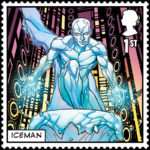 Iceman: Bobby Drake was the youngest of the original X-Men. Able to freeze both himself and the world around him, he saw his abilities become increasingly powerful as he matured. Now he can not only create weapons made of ice but also transform his body into sentient ice.
Iceman: Bobby Drake was the youngest of the original X-Men. Able to freeze both himself and the world around him, he saw his abilities become increasingly powerful as he matured. Now he can not only create weapons made of ice but also transform his body into sentient ice.
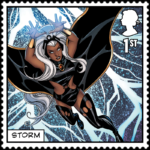 Storm: Ororo Munroe’s parents were killed in an explosion. The orphaned child survived as a thief on the streets of Cairo until her mutant ability to control the weather made some believe that she was a goddess. Soon after joining the X-Men, she became one of the key members.
Storm: Ororo Munroe’s parents were killed in an explosion. The orphaned child survived as a thief on the streets of Cairo until her mutant ability to control the weather made some believe that she was a goddess. Soon after joining the X-Men, she became one of the key members.
 Beast: Gifted scientist Hank McCoy was one of the X-Men’s founding members. He gained a more beastlike form while trying to rid himself of his mutation. He has since come to terms with his appearance and revels in the extra strength and agility it gives him.
Beast: Gifted scientist Hank McCoy was one of the X-Men’s founding members. He gained a more beastlike form while trying to rid himself of his mutation. He has since come to terms with his appearance and revels in the extra strength and agility it gives him.
 Rogue: As a teenager, Anna Marie discovered that she had the mutant power to absorb other people’s memories and abilities — including any superpowers they possessed. After starting out as a villain alongside Mystique, she turned to the X-Men for help, becoming one of their greatest heroes.
Rogue: As a teenager, Anna Marie discovered that she had the mutant power to absorb other people’s memories and abilities — including any superpowers they possessed. After starting out as a villain alongside Mystique, she turned to the X-Men for help, becoming one of their greatest heroes.
[end of press release]
The 37 X-Men items available from Royal Mail include:
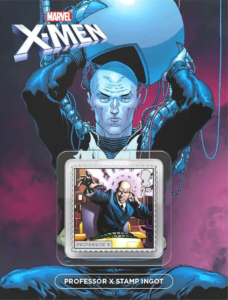 X-Men Silver Plated Ingot – Professor X [shown right], £24.99. Limited to only 5,000
X-Men Silver Plated Ingot – Professor X [shown right], £24.99. Limited to only 5,000- “Fan sheets” for Jean Grey [shown above] and Wolverine (but not others?), each £7.00. These are also limited to just 5,000 (each)
- X-Men Silver Plated Medal Cover — Professor X, £19.99, and also one for Magneto. These, too, are limited to — you guessed it — 5,000.
- First day covers of all 16 stamps, with Muir of Ord or Tallents House postmarks, each £12.40
- Prestige sheet FDC with either postmark, each £4.70
as well as postcards, cacheted envelopes at £0.30 each, press sheets, and full- and half-sheets of the 1st Class or 2nd Class stamps.
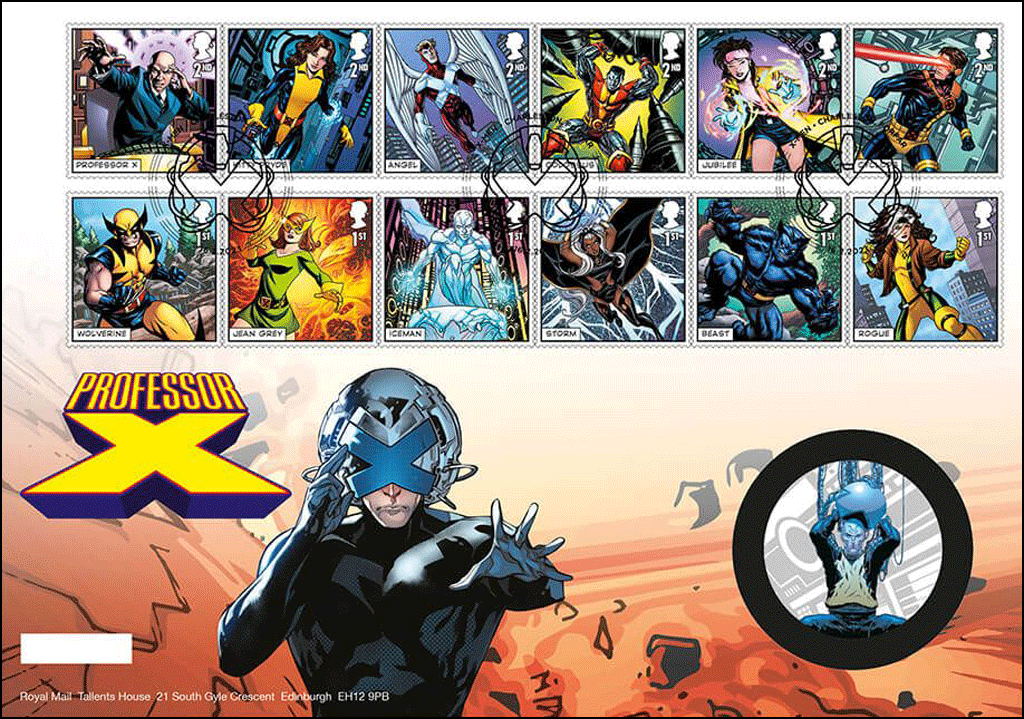 VSC editor’s notes:
VSC editor’s notes:
- There is no attempt in the press release to link the X-Men or their creation with the United Kingdom; that is, no justification for these stamps other than “it’s an anniversary and we want to issue these.”
- The highest-priced item is the press sheet at £67.80. Some previous UK pop-culture issues have had products at much, much higher prices.
- The FDC for the Prestige Booklet stamps [below] is the only illustration on the Royal Mail site of the prestige stamps.
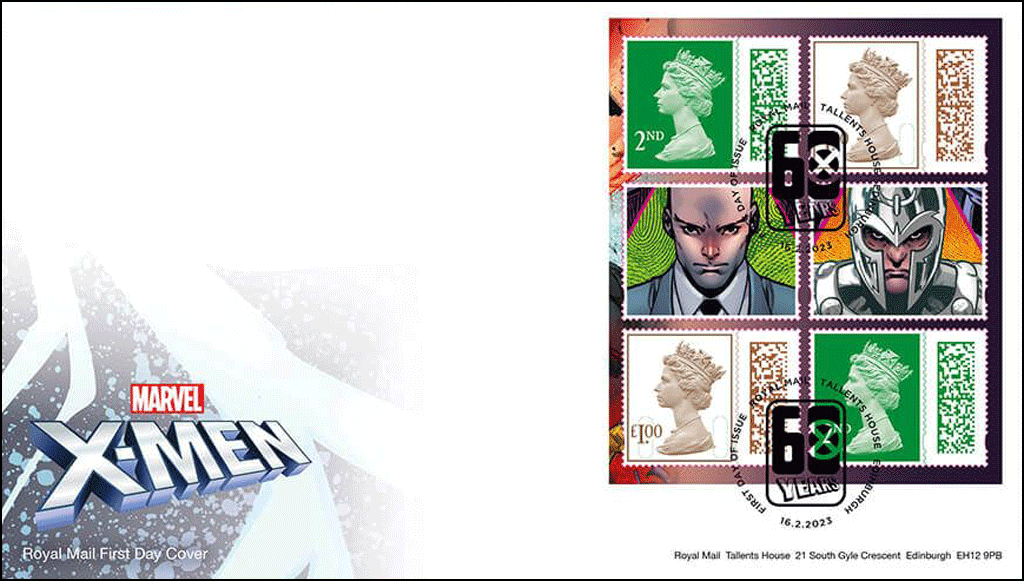
- Royal Mail warns that its “international export services continue to be disrupted following a cyber incident. There is currently a limited service.”

